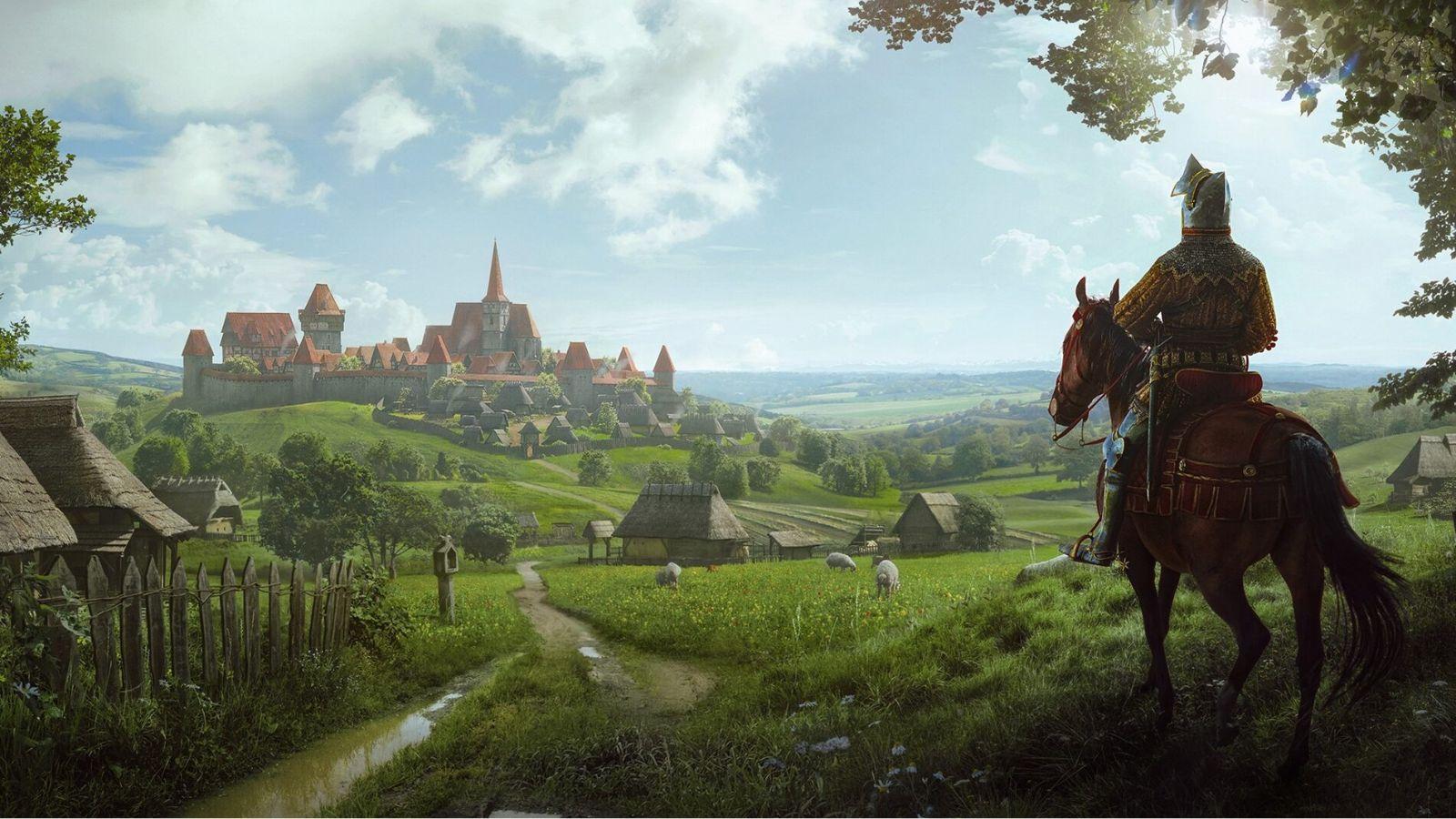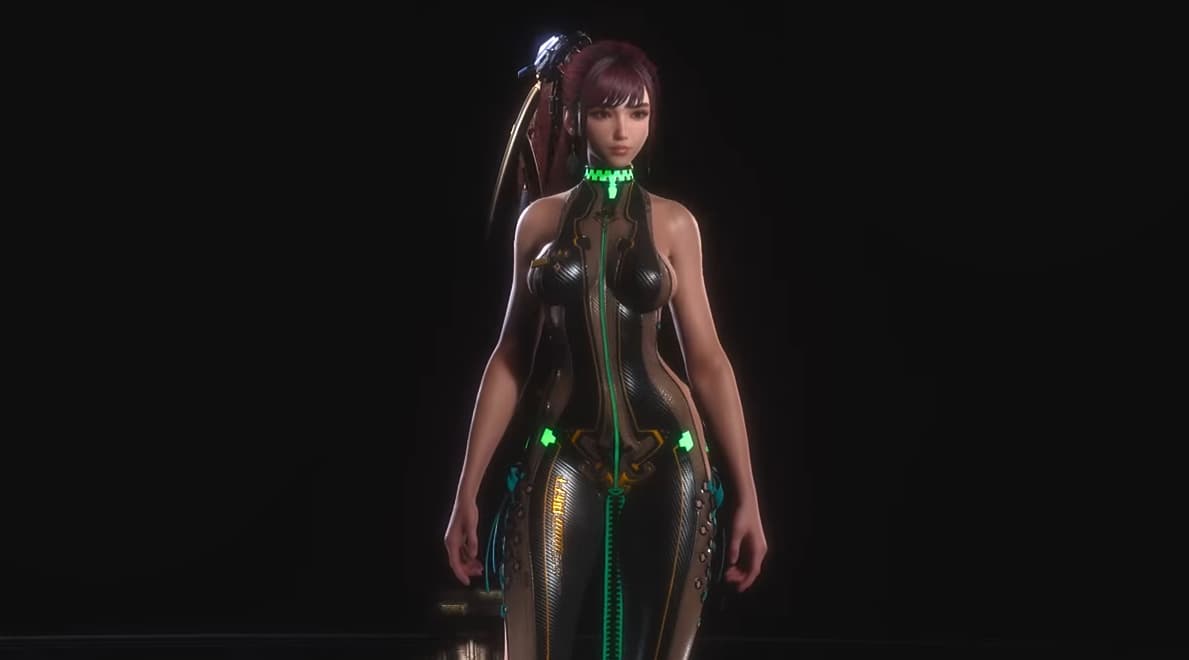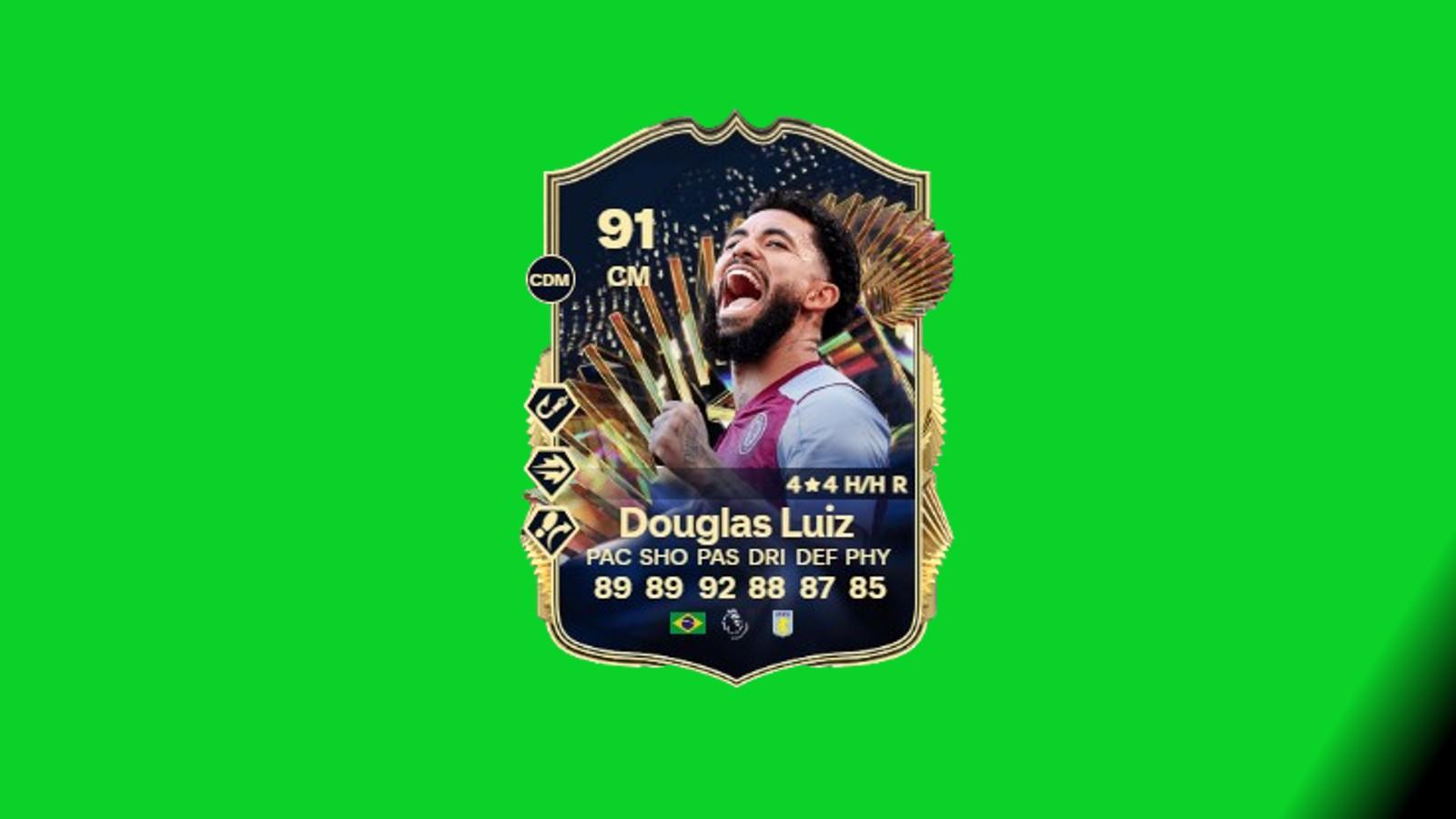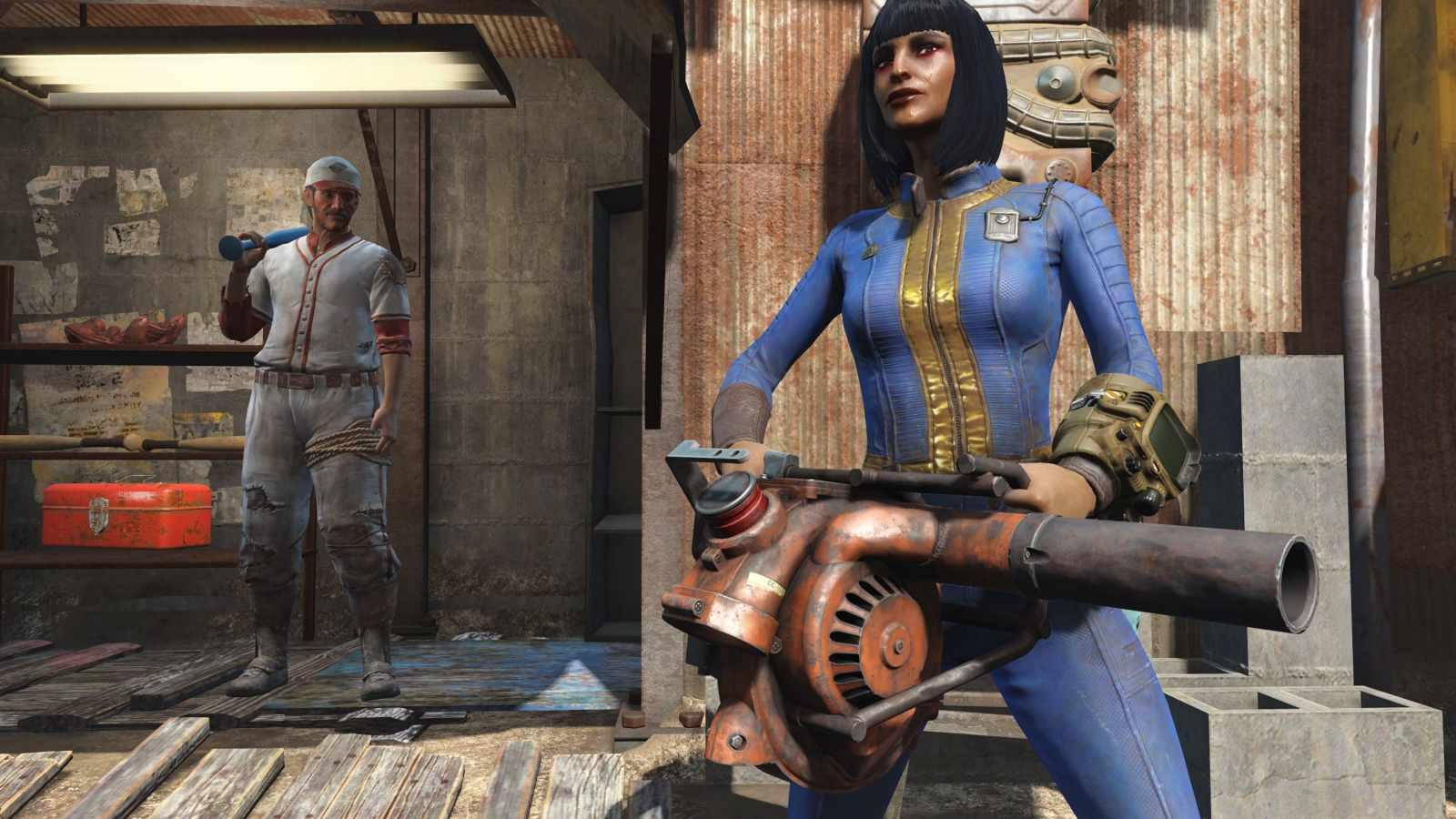Star Wars Unlimited Aspects: Deck archetypes explained
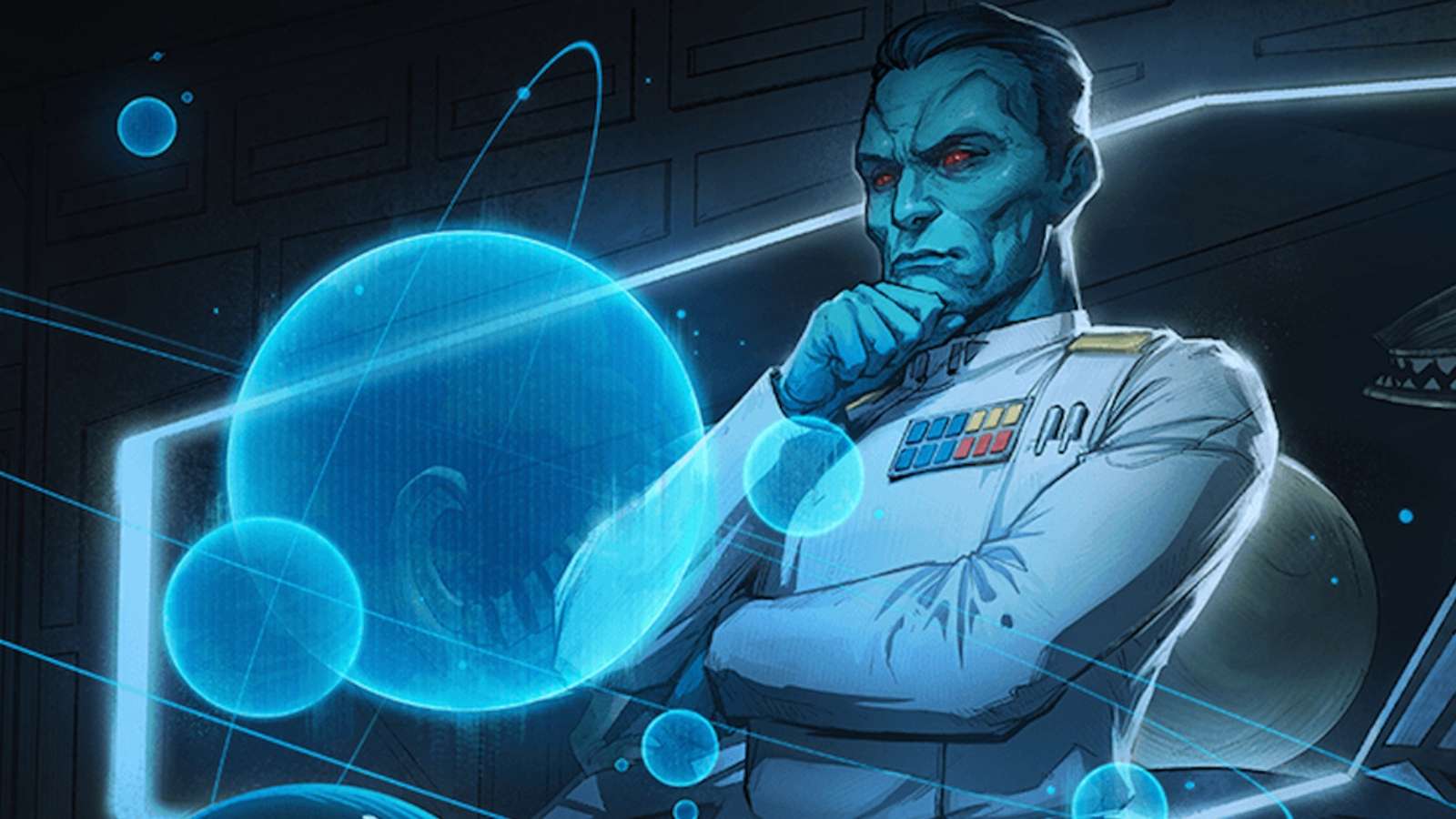 Lucasfilm
LucasfilmStar Wars Unlimted’s Aspects function similarly to archetypes in most other trading card games (TCG). So, what Aspects are available in Star Wars Unlimited and how do they work?
Star Wars Unlimited has exploded out of the gate and is well on the way to becoming a long-lasting TCG with a healthy scene. Since taking part in some pre-release testing and forming an early review, we’ve been blown away by how incredibly fun it is to play.
We’ve jumped in head-first, attending packed drafts and constructed tournaments at local game stores that are completely sold out of products. We’ve struggled to get ahold of booster packs and boxes while we chase the most expensive cards and attempt to create the best potential decks.
For that reason, we feel at least a little qualified to offer some info on how the game functions. In this guide, we’ll go over Aspects in Star Wars Unlimited with a breakdown of each one as well as a quick explainer of how they work.
Contents:
How do Aspects work in Star Wars Unlimited?
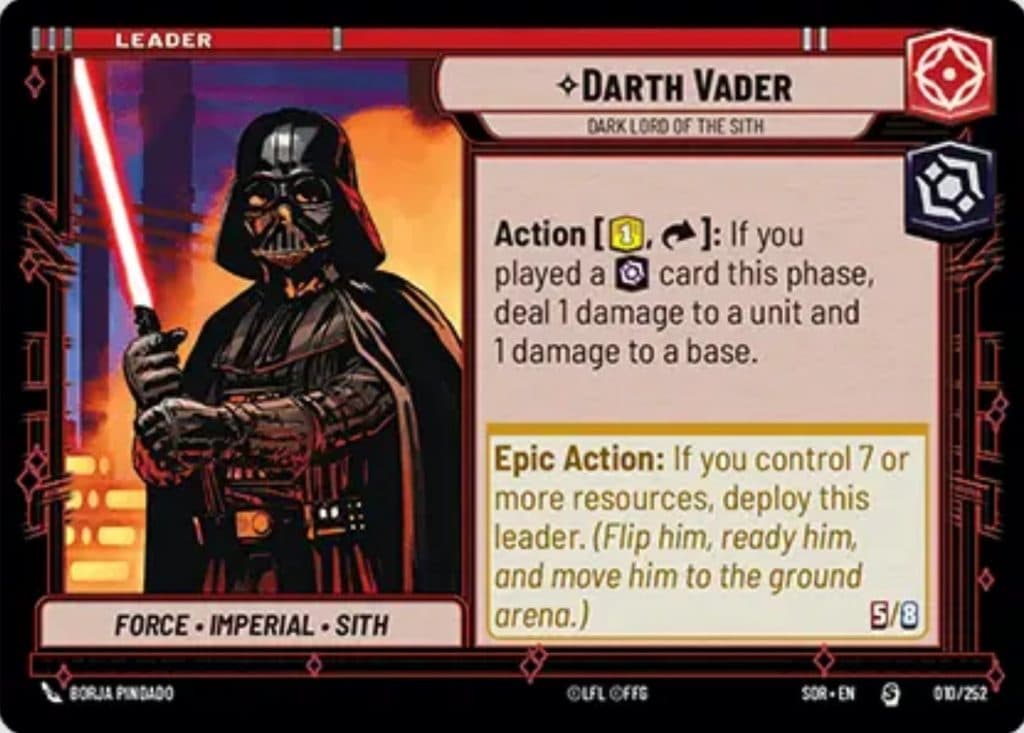 Lucasfilm
LucasfilmStar Wars Unlimited has six Aspects that are a helpful indicator of how cards will function. Those aspects are Aggression (red), Command (green), Cunning (yellow), Vigilance (blue), Heroism (white), and Villainy (black).
These aspects are indicated in the top left of standard cards – which have up to two Aspects – but will appear in the top right of Leader and Base cards. Leader and Base cards are particularly important because they’ll dictate which Aspects your deck can include (mostly).
The leader cards available so far all have two different Aspects while bases have one meaning that most decks can be made up of cards featuring three Aspects. For example, in the Darth Vader Starter deck, Vader’s Leader Card has the Aggression and Vilainy Aspects and the Command Center Base has the Command Aspect.
So naturally, when building a deck around this Leader and Base, you would want to fill your Deck with cards that feature those three aspects. The reason for this is a mechanic called the Aspect Penalty.
What is the Aspect Penalty in Star Wars Unlimited?
The Aspect Penalty incurs a greater resource cost for cards in your deck that do not share an aspect with your Leader and Base. For each Aspect on the card that isn’t shared by your Leader or Base, that card will cost two extra resources to play.
Taking our starter deck example from before, Vader and the Command Centre have Aggression, Villainy, and Command Aspects between them. So, if you included a Vigilance card in your deck with a resource cost of one, it would instead cost three. If that same card had the Vigilance and Heroism Aspects, it would cost five.
Resources are precious in Star Wars Unlimited, particularly in certain deck-types so incurring a penalty is almost always unwise. Of course, there could be some benefits to including a card that Does not match your Core aspects but you’ll have to weigh the consequences yourself.
Because of the Aspect Penalty, your Leader and Base will be the ultimate determining factor in what style of play your Star Wars Unlimited deck will favor. You should choose these carefully based on Aspects that synergize well with each other.
Every Aspect in Star Wars Unlimited
From here, we’ll go over each Aspect in Star Wars Unlimited. This includes what playstyles they lend themselves to, as well as options for synergy.
Hopefully, with a more complete grasp of Aspects, you’ll be able to focus your deckbuilding on your favorite style of play. Let’s get stuck in.
Heroism (white) & Villainy (black)
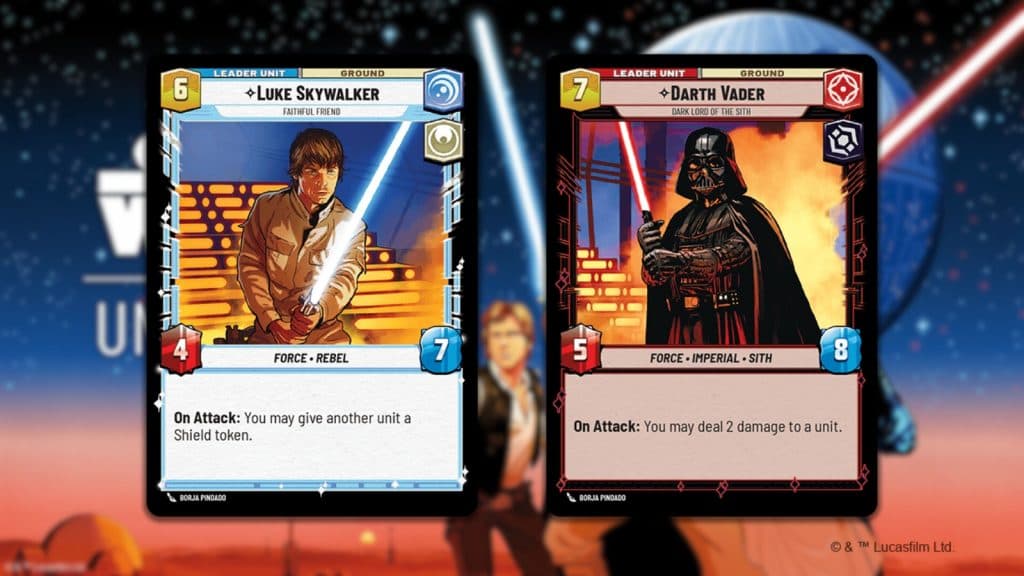 Lucasfilm
LucasfilmWe’re starting with these two Aspects because they are rather special in that they are ordinarily paired with another Aspect. For instance, Leader Cards in Starwars Unlimited will always have a colored Aspect and either Heroism or Villainy as a secondary Aspect.
Many Units, Upgrades, and Events will also have Heroism or Villainy as a secondary Aspect meaning your leader should share that Aspect lest they incur a resource penalty. There are 11 cards that only have the Heroism Aspect and 11 that only have Villainy. These are the lowest amounts of single-Aspect cards for any color.
For their limited part, single-Aspect Villainy cards tend to interact well with other cards bearing the Imperial keyword by offering buffs or chances to attack. Straight Heroism cards do the same with cards that have the Rebel keyword.
Primarily, Heroism and Villainy function as secondary playstyles for each of the other four aspects giving a slight variation to each one’s identity.
Aggression (red)
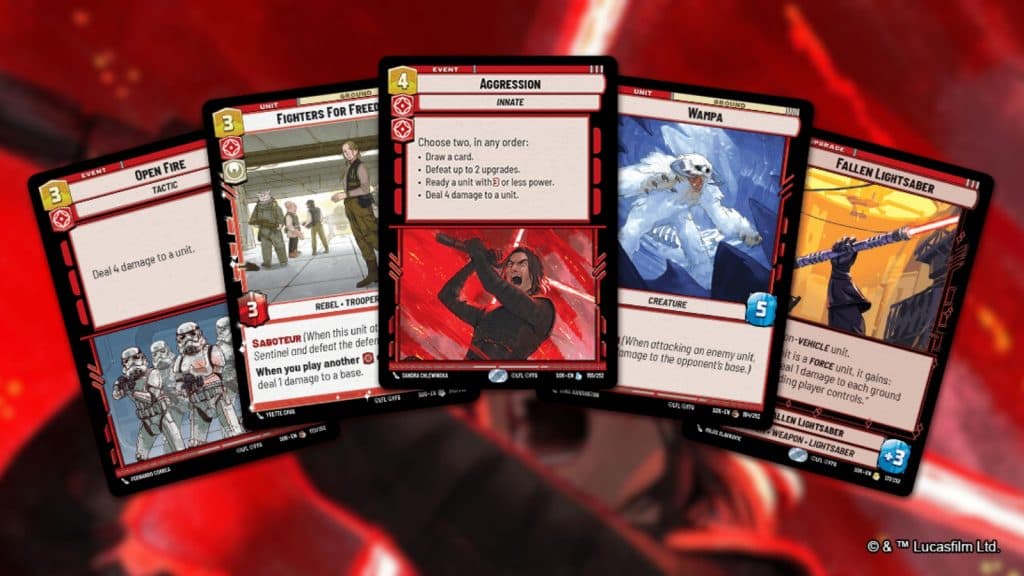 Lucasfilm
LucasfilmThe Aggression aspect proves the old adage that red things go faster. It’s the aggro Aspect of Star Wars Unlimited and it’s all about dealing damage at any cost. There’s also a focus on ensuring that the damage you do is unimpeded.
For this reason, you’ll find a lot of cards with the Aggression Aspect have Sabbateur which allows you to ignore Sentinel and Shields. It’s a fantastic ability for keeping the pressure up and circumventing attempts to slow you down.
There’s a big risk/reward element to Aggression-oriented decks in Star Wars Unlimited with many strategies involving taking some hits yourself to gain an advantage. Leaders like Sabine Wren and Grand Inquisitor have effects that deal damage to your own units or Base as well.
When considering synergies for an Aggression deck, you can’t go wrong with Vigilance or Command which offer healing options for your base and units. If you want to play really aggressively, Cunning’s high number of event cards allows for some free damage that your opponent can’t respond to.
Command (green)
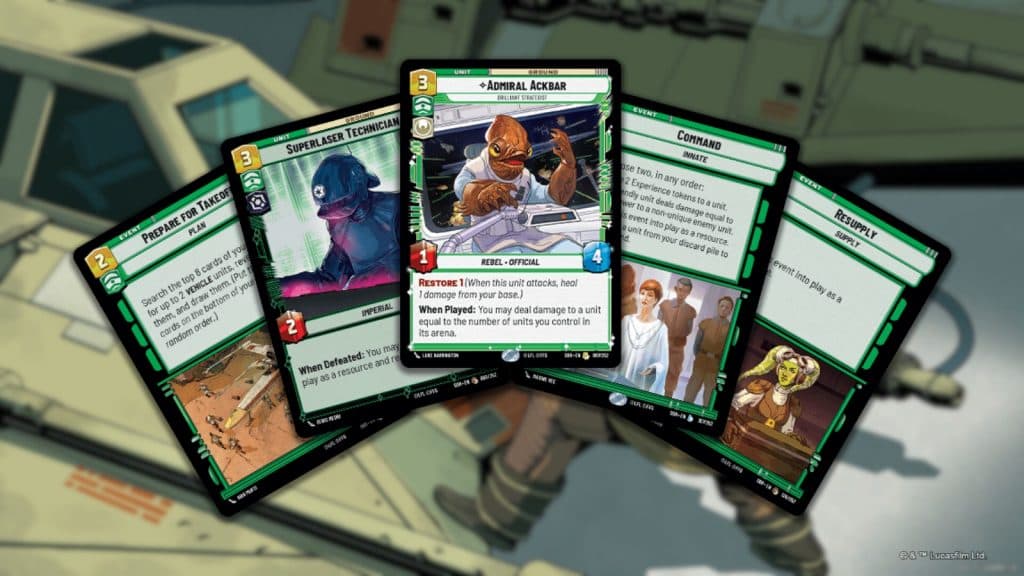 Lucasfilm
LucasfilmStar Wars Unlimited players who want to dominate the resource game and field large armies will be naturally drawn to the Command Aspect. With a bunch of cards that give you extra resources via play or when defeated, you can quickly outstrip your opponent and get your leader on the field faster.
You’ll also have access to stronger units, upgrades, and events far more early in the game. If you utilize the excessive number of search and draw cards that the Command Aspect houses, you can ensure you have those powerful cards at the ready.
Pairing Command with Aggression is a solid option because you gain access to a number of low-cost units. With these, you can easily overwhelm your opponent with sheer numbers.
Vigilance (blue)
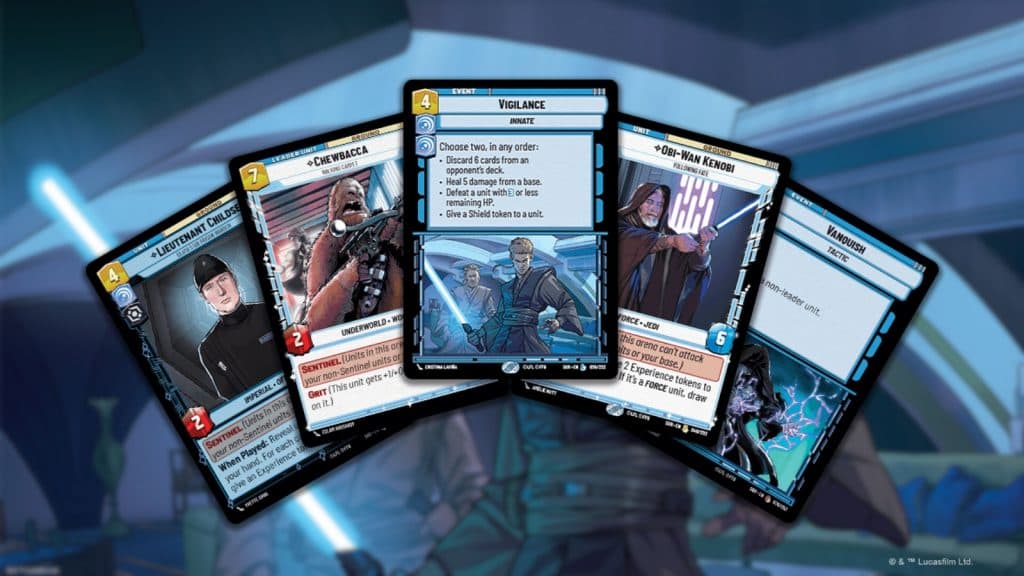 Lucasfilm
LucasfilmThe Vigilance Aspect allows players to take a defensive approach and control the pace of a battle. The combination of Shields, Sentinel, and Grit can slow opponents to a crawl giving you time to slowly build resources and deploy your late-game hitters.
Vigilance also features many units with Restore meaning as you attack your opponent, you heal your own Base. It can be incredibly frustrating to play against thanks to the variety of ways in which this Aspect hinders plans.
Once a Vigilance unit is on the board, it will be very hard for your opponent to get it off, and with the right upgrades in your deck, the late-game ramp can be devastating.
This is an Aspect that functions very well on its own but if we had to suggest a potential synergy, it would probably be Command. It’s an Aspect that gives you a lot of benefits for having many units in play and like we said, Vigilance units are some tough customers.
Cunning (yellow)
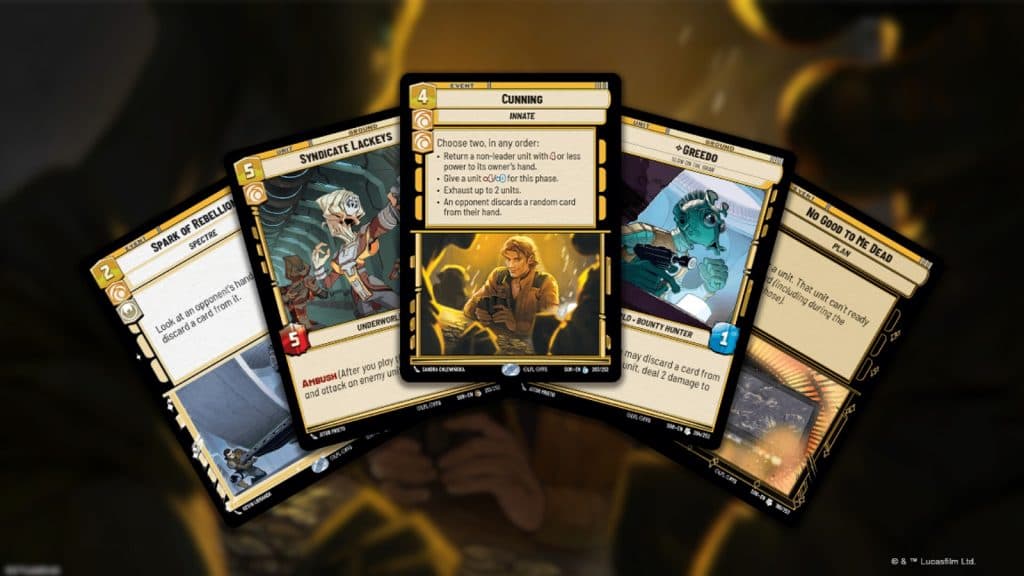 Lucasfilm
LucasfilmThe aptly named Cunning Aspect is all about playing disruptive tricks on your opponent. You’ll see a lot of cards with Ambush allowing for instant attacks, and events that have you exhausting enemy units and removing them from play entirely.
Leaders with the cunning aspect focus on nerfing opponents and readying resources. It makes sense too, you’ll want to have plenty of resources available so you can be agile with your various ploys.
Those ploys are split between Event cards and units with tricky abilities that come into effect when they are played or defeated. This gives Cunning decks an equal mix of speed and deterrence with certain units making opponents pause before attacking them.
The best Aspects to pair with Cunning are Aggression and Command. Aggression adds to Cunning’s arsenal with a number of Saboteurs and Command affords more resources for pulling off your dastardly tricks.
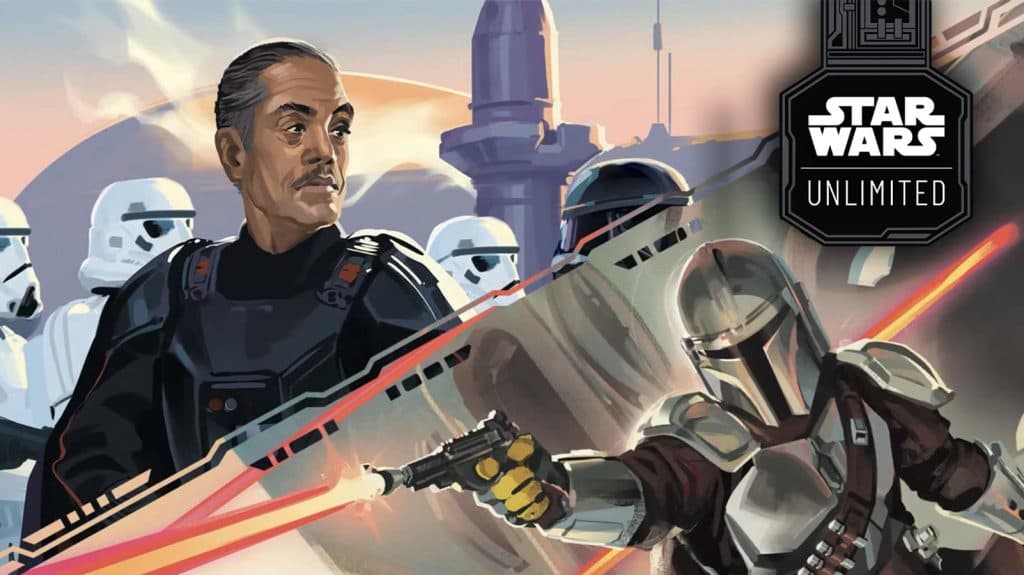 Lucasfilm
LucasfilmNow that you have a firm grasp on each of the Aspects in Star Wars Unlimited, you can get to work on constructing or refining your deck.
Hopefully, you’ll be prepared when the next phase of this adventure begins with Set 2: Shadows of the Galaxy.
